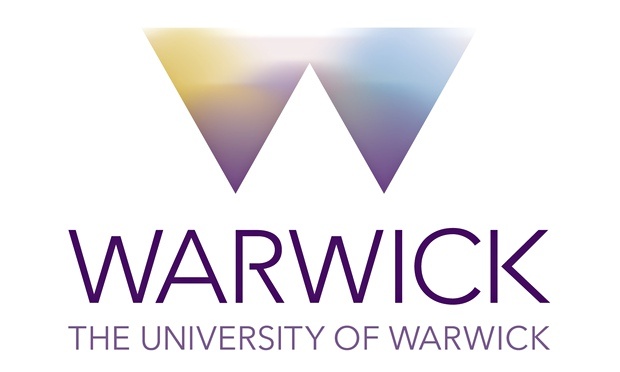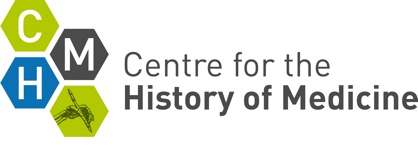The expression most commonly included in descriptions of the National Health Service – “free at the point of use” – refers to one feature that most people in Britain might easily identify. That we can go to the hospital or GP and not have to pay is immediately apparent and widely known. However, arguably this is not the element of the service that really sets it apart from other health systems. In the German system for instance, some patients have access to services on the same basis, with their family doctors using a direct relationship with non-profit insurance funds to abolish the need for up-front payments and later reimbursement. Major elements of the Swedish health system also involve no payment at the point of use.
Arguably what makes the NHS stand out more is its origins as a nationalised health service, rather than whether or not comprehensive healthcare ultimately leaves us out of pocket. The National Health Service historically owned its hospitals, science laboratories, supply storehouses and laundries, and, equally importantly, directly employed the vast majority of its staff. 5 July 1948 is often understood as the “founding” of the NHS, but it was mainly a nationalisation, the state taking over the running of already existing hospitals and taking hundreds of thousands of people on to its payroll.
Directly employing all those workers had practical effects. It meant taking them all on to one pay structure, making sure that the terms and conditions for a cleaner at Trafford Hospital were the same as their equivalent at Leeds Royal Infirmary, with some allowances for local cost-of-living. It had cultural effects too. Britain’s pre-NHS health system had worked hard to build strong bonds between hospital staff and local communities. Charitable hospitals had to use their staff for extensive fundraising, whilst the quality of municipal hospitals were often important in local politics. Over the decades, staff in the NHS would have to create a new sense of identity and status that linked the local hospital to the increasingly popular national institution. Referring to oneself as “working for the NHS” in a positive sense wouldn’t become the norm until the 1970s and 1980s, but by the 2000s it had considerable resonance, leading to diverse phenomena like the success of the NHS choir and the spread of NHS staff discounts at all sorts of businesses great and small.
Yet state ownership and state employment are often obscured as defining features of the NHS. Recent governments from Blair to May have often talked about new funding, new hospitals or increases in staff, without spelling out how much of the expanded service will be truly owned by the NHS. Exactly what proportion of NHS staff have found themselves only indirectly, rather than directly, employed by the service in the wake of the Blair reforms and the 2012 Health and Social Care Act is unclear, and usually considered unimportant so long as the service remains “free at the point of use”.
The National Health Service has always made use of indirect employment. The 1948 deal with the British Medical Association deliberately allowed general practitioners to maintain private contractor status. Dentists, opticians and pharmacists all thrived outside the service from the very beginning, despite being integral to the delivery of healthcare. Hospital Management Committees were using private contractors to provide support services where they lacked the staff or expertise right from the very early days. Employment agencies for nurses had a marginal presence in the 1950s, but expanded dramatically from the late 1960s, particularly in London. Some hospitals were even experimenting with contracted out cleaning services in the 1970s.
However, the uses of arms-length employment were always highly limited. For the first three decades NHS hospitals employed most of their staff directly. The service was still directly employing thousands of the kind of workers who would later routinely be outsourced, for instance the National Health Service paid the wages of more building maintenance and construction staff (19,552 workers) than doctors (18,095) in 1963. When the Thatcher government came to power in May 1979, the vast majority of the NHS’ one million employees remained state salaried.
The nature of what “outsourcing” meant pre-Thatcher was often also very different. Prior to 1979 governments and NHS senior management did not automatically (and ideologically) associate the private sector with inevitable cost reductions or gains in efficiency. As was the case with nursing employment agencies, private firms tended to be used to plug gaps rather than to systematically drive down costs. This would change in the 1980s. With the publication of the Griffiths Report into efficiency in 1983, the government looked to private sector expertise to improve management in the service. Partially this involved establishing new layers of non-medical management, hiring managers from the worlds of retail and manufacturing. Most dramatically it involved a massive expansion of outsourcing through a process known as “competitive tendering”.
Under competitive tendering, health authorities had to put laundry, cleaning and catering services out to a bidding process by 1986. Private firms could now put together a package to win contracts to provide services to the NHS. Staff could also make a case to continue in direct employment by putting together “in-house” bids for the same contracts. At first, private firms made relatively little headway. With the freedom to choose, many hospitals preferred to continue directly running their services. According to Williams and Fryer by 1987 the vast majority of ancillary staff remained directly employed, in-house bids winning 96 % of catering contracts, 76% in cleaning and 72% in laundry. Yet, the process itself still took its toll. It created uncertainty for workers who had dedicated years to the service who were now confronted by employment by previously unknown entities. Justifying their jobs often meant putting together cheap bids, including cuts to staff and services, in order to compete with private firms hoping to undercut them. More than outsourcing the major effect of “competitive tendering” was to subject NHS staff to a “mimic market” – a market directly structured by government policy to ape a conventional competitive market. This continuously drove down costs, usually at the expense of services. Despite an increasing number of service users, by the end of the 1980s there had been nearly a 50 per cent reduction in the number of ancillary staff in the NHS.
A 1985 Yorkshire Television documentary The Halifax Laundry Blues (which the BFI have online for free) captures much of the anger and despair that this process could provoke in long-serving NHS staff. The women in the documentary had worked for the NHS for many years, providing laundry services for various Halifax hospitals. They speak at length about a sense of pride in their vital work for the health service and also at their sense of hurt both at the lack of recognition they received and at what the Thatcher government was doing to the service.
One said: “The government, well, Margaret Thatcher especially, I think she’s wanting everything private, she’s closing wards down, she’s getting rid of nursing staff, it’s patients going to suffer, the public’s going to suffer, she says they aren’t but we know damn well that they are.” Another dissected the claims made of outsourcing. “They’ll give you a cheap price to start with, when they’ve got settled in they’ll put the prices up, they can charge what they want then.”
The Halifax laundry staff also perhaps hit at one of the elements central to outsourcing, the nature of the work that tended (and tends) to be hived off by public institutions. “They talk about the doctors and nurses but they forget about the laundry, without a laundry, you haven’t got a hospital.” Governments regularly boast about increasing numbers of doctors and nurses, rarely about more cleaners or cooks. Despite being vital, throughout the history of the NHS the work done by ancillary staff was often barely visible to the public. Less value was and is given to this kind of re-productive labour, making it easier to separate it from the main institution responsible for its quality.
Enthusiasm for private contracts to provide services like laundry, catering, portering and cleaning remained undiminished into the 1990s and 2000s. As Trevor Wilson puts it in episode 3 of The NHS: A People’s History: “There’s a lot of confusion. First company I ever worked with – Tarmac, then we started working for ISS, then we worked for Initials, then we went over to Carillion, then we had another company called Serco.” We have gradually become accustomed to seeing hospital services provided by staff with one of a number of obscure brands adorning their uniforms. Concerns about links between outsourcing and hospital cleanliness surged in both the Thatcher and Blair governments but no sustained political case has ever been made for its total abolition. Indeed, the last two decades have seen attempts to move more areas of work – including some clinical and paramedical care – off the NHS’ books. The seeming lack of general political interest in this area raises an important question. The NHS is globally unique in terms of being a health system that enjoys huge public adoration. Much of that adoration is bestowed on an imagined workforce, the people that care for the nation. Why then is there so little interest in whether those people are or aren’t directly attached to the NHS, even when it is the workers themselves sounding the alarm?


